METSEPM1120HCL10RS
EASYLOGIC PM1130H DUAL P&E RLY RS CL 0.5
- Stock status:
- In stock
- Manufacturer:
- Schneider
- Product code:
- METSEPM1120HCL10RS
Main documents
| Range | EasyLogic |
|---|---|
| Product name | EasyLogic PM11XXH RS |
| Device short name | PM1120H |
| product or component type | Energy meter |
| Power quality analysis | Total harmonic distortion |
|---|---|
| Device application | Energy monitoring |
| Type of measurement | Current Voltage Frequency Power factor Phase angle RPM Peak demand power Harmonic distorsion (I THD & U THD) Active power Active energy |
| Metering type | Reactive power Q, Q1, Q2, Q3 Rotation speed Voltage U21, U32, U13, V1, V2, V3 Power factor and displacement PF (signed, four quadrant) Unbalance current Frequency Demand power P, Q, S Apparent power S, S1, S2, S3 Phase currents Active power P, P1, P2, P3 Active, reactive, apparent energy (signed, two quadrant) Phase current I1, I2, I3 RMS Average current Iavg Average voltage Vavg Calculated neutral current Unbalance voltage |
| counter functions | ON-load hour counting Power interruption ON hour counting |
| [Us] rated supply voltage | 48…277 V AC 45…65 Hz 48…277 V DC |
| Network frequency | 60 Hz 50 Hz |
| [In] rated current | 1 A 5 A |
| type of network | 2P + N 2P 3P 3P + N 1P + N |
| Maximum power consumption in VA | 4 VA at 240 V between phase and neutral |
| Maximum power consumption in W | 2 W at 240 V |
| Display type | 8 segments LED |
| Display colour | Red |
| Messages display capacity | 3 fields of 4 characters |
| Display digits | 12 digit(s) – 14.2 mm in height |
| communication of data | All counters Instantaneous and demand values Reading of measurements Last cleared log Revolution speed |
| Tamperproof of settings | Protected by access code |
| Sampling rate | 32 samples/cycle |
| Measurement current | 5…6000 mA |
| Signal | Voltage (impedance 5 MOhm)4 x Current 0.005…10 A (impedance 0.3 MOhm)6 x |
| Measurement voltage | 46…277 V AC 50…60 Hz between phase and neutral 80…480 V AC 50…60 Hz between phases 277…999000 V AC 50…60 Hz with external VT |
| Frequency measurement range | 45…65 Hz |
| Measurement accuracy | Current +/- 0.5 % Voltage +/- 0.5 % Frequency +/- 0.05 % Power factor +/- 0.01 Reactive power +/- 2 % Active power +/- 1 % Apparent power +/- 1 % Active energy +/- 1 % Reactive energy +/- 2 % Apparent energy +/- 1 % Harmonic distorsion (I THD & U THD) +/- 5 % |
| Accuracy class | Class 1 active energy conforming to IEC 62053-21 Class 1 reactive energy conforming to IEC 62053-24 |
| Demand intervals | 1 s |
| Local signalling | Green LED: activity Red LED: output signal 1…9999000 pulse/ k_h (kWh, kVAh, kVARh) |
| Communication port protocol | Modbus at 4800 bps, 9600 bps, 19200 bps, 38.4 Kbps even/odd or none – 2 wires, insulation 2500 V |
| Communication port support | Screw connector: RS485 |
| Data recording | Energy consumption logs |
| Material | Polycarbonate |
| Flame retardance | V-0 conforming to UL 94 |
| mounting mode | Flush-mounted |
| Mounting support | Framework |
| Provided equipment | Installation guide |
| installation category | III |
| Type of installation | Indoor installation |
| Measurement category | Category III 480 V |
| Electrical insulation class | Class II |
| Connections – terminals | Current circuit: screw clamp terminals (bottom) 2.08…3.31 mm² cable(s) Voltage circuit: screw clamp terminals (top) 0.82…3.31 mm² cable(s) Control circuit: screw clamp terminals (top) 0.82…3.31 mm² cable(s) Communication: screw clamp terminals (bottom) 0.33…3.31 mm² cable(s) |
| Tightening torque | Current circuit: 0.9…1 N.m Philips No 2 screwdriver Voltage circuit: 0.9…1 N.m Philips No 2 screwdriver Control circuit: 0.9…1 N.m Philips No 2 screwdriver Communication: 0.5…0.6 N.m Philips no 1 screwdriver |
| Wire stripping length | Current circuit: 3.68 mm Voltage circuit: 7 mm Control circuit: 7 mm 7 mm |
| Standards | IEC 61010-1:ed. 3 UL 61010-1:ed. 3 |
| Product certifications | CE conforming to IEC 61010-1 CULus conforming to UL 61010-1 CULus conforming to CSA C22.2 No 61010-1 C-Tick |
| Width | 96 mm |
| Depth | Outside : 13 mm Panel : 49 mm |
| Height | 96 mm |
| net weight | 300 g |
| Electromagnetic compatibility | Electrostatic discharge conforming to IEC 61000-4-2 Radiated radio-frequency electromagnetic field immunity test conforming to IEC 61000-4-3 Electrical fast transient/burst immunity test conforming to IEC 61000-4-4 Surge immunity test conforming to IEC 61000-4-5 Conducted RF disturbances conforming to IEC 61000-4-6 Magnetic field at power frequency conforming to IEC 61000-4-8 Voltage dips and interruptions immunity test conforming to IEC 61000-4-11 Emission tests conforming to FCC part 15 class A Emission tests conforming to FCC part 15 Subpart C Emission tests conforming to FCC part 15 Subpart E |
|---|---|
| Overvoltage category | III |
| IP degree of protection | IP51 front: conforming to IEC 60529 IP30 body: conforming to IEC 60529 |
| Relative humidity | 5…95 % at 50 °C |
| Pollution degree | 2 |
| Ambient air temperature for operation | -10…60 °C |
| ambient air temperature for storage | -20…70 °C |
| Operating altitude | <= 2000 m |
| Service life | 7 year(s) |
| Unit Type of Package 1 | PCE |
|---|---|
| Number of Units in Package 1 | 1 |
| Package 1 Height | 4.88 cm |
| Package 1 Width | 9.6 cm |
| Package 1 Length | 9.6 cm |
| Package 1 Weight | 265 g |
| Unit Type of Package 2 | S03 |
| Number of Units in Package 2 | 18 |
| Package 2 Height | 30 cm |
| Package 2 Width | 30 cm |
| Package 2 Length | 40 cm |
| Package 2 Weight | 4770 g |
| Unit Type of Package 3 | P06 |
| Number of Units in Package 3 | 144 |
| Package 3 Height | 105 cm |
| Package 3 Width | 60 cm |
| Package 3 Length | 80 cm |
| Package 3 Weight | 38.2 kg |
Product Description
Schneider Electric
Schneider Electric is a multinational corporation specializing in energy management and automation solutions. With operations in over 100 countries, the company offers a wide range of products and services for various industries, including residential, commercial, and industrial.
Schneider Electric is focused on sustainability and innovation, aiming to help their customers manage energy efficiently and reduce their environmental impact.
Schneider Power Meters
Schneider Electric offers a comprehensive range of power meters designed to provide accurate monitoring, measurement, and management of electrical power in industrial, commercial, and residential settings. These power meters are essential for improving energy efficiency, reducing costs, and ensuring reliable power quality.

EasyLogic
The EasyLogic range from Schneider Electric offers cost-effective and reliable power meters designed for energy management and monitoring in commercial and industrial applications. These power meters are engineered to provide essential measurements and data, aiding in energy efficiency and operational optimization.
Key Features and Benefits:
Essential Measurement Capabilities:
Provides accurate measurements of key electrical parameters such as voltage, current, power, energy, and frequency.
Suitable for basic energy monitoring and management needs.
User-Friendly Interface:
Features easy-to-read displays and simple navigation, making it accessible for users with various levels of technical expertise.
Provides clear and concise information to facilitate quick decision-making and troubleshooting.
Cost-Effective Solution:
Designed to offer a balance between functionality and affordability.
Ideal for applications where advanced features are not required, focusing on core measurement and monitoring capabilities.
Versatile Applications:
Applicable in commercial buildings, small to medium-sized industrial facilities, and other environments requiring basic energy monitoring.
Supports energy audits, load management, and basic power quality monitoring.
Easy Integration and Installation:
Compact design allows for easy installation in existing panels and systems.
Compatible with common communication protocols such as Modbus, enabling integration with building management systems (BMS) and energy management platforms.
Improved Energy Efficiency:
Helps identify areas of energy waste and inefficiency, contributing to overall energy savings.
Facilitates better energy usage practices through monitoring and analysis.
Compliance and Reliability:
Adheres to relevant international standards and certifications, ensuring reliable performance and safety.
Designed for durability and longevity, even in demanding environments.
METSEPM1120HCL10RS
The Schneider Electric EasyLogic PM1120H (product code METSEPM1120HCL10RS) is a versatile and reliable power and energy meter designed for monitoring and managing energy consumption and electrical parameters. Here are the key features and specifications of this device:
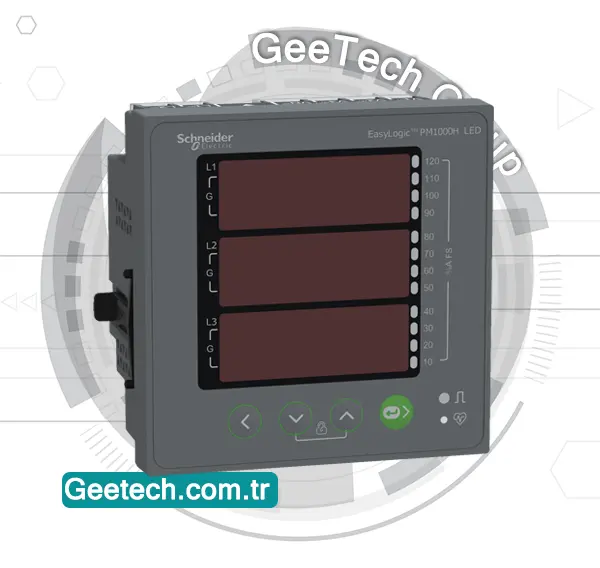
Key Features:
1.Measurement Capabilities:
- Power and Energy Monitoring: Monitors active and apparent power or energy consumption, run mode, and current.
- Energy Accuracy: Provides Class 1 active energy accuracy as per IEC 62053-21 standard.
- Parameters Measured: Measures active and reactive energy, ensuring comprehensive energy monitoring.
2.Data Storage:
- Integrated Data Storage: Capable of saving up to 10 years of integrated data, ensuring long-term data availability and analysis.
3.Display:
- LED Display: Features a 3-row, 14 mm height, 7-segment, 4-digit LED display that clearly shows current and power measurements.
4.Communication:
- Protocol: Supports Modbus RTU communication protocol.
- Interface: Equipped with an RS485 port for robust and reliable communication.
5.Mechanical Specifications:
- Width: 96 mm
- Height: 96 mm
- Depth: 90 mm
The EasyLogic PM1120H power meter by Schneider Electric is an essential tool for precise energy management and monitoring. With its accurate measurement capabilities, long-term data storage, clear display, and reliable communication options, it is designed to help users effectively monitor and manage their energy consumption and electrical parameters. This meter is particularly valuable for applications that require detailed energy analysis and reporting over extended periods.
Frequently Asked Questions
What is a push button used for?
✅When you press a push button, it either makes or breaks an electrical connection, allowing or interrupting the flow of electricity through the circuit. Pushbutton switches are commonly used in a wide range of electronic devices, control panels, and applications where users need to activate or deactivate a function or operation. These switches are essential for ensuring reliable and efficient control in various settings, from industrial machinery to consumer electronics and automation systems.
What is NO and NC in Push Button Switches?
✅ Push button switches can be classified as either normally open (NO) or normally closed (NC). Normally open (NO) switches, also known as "OFF" position switches, complete the circuit when actuated. In contrast, normally closed (NC) switches, or "ON" position switches, break the circuit when actuated. Understanding the difference between NO and NC push button switches is crucial for selecting the right type for your application, whether it's for industrial machinery, control panels, or electronic devices.
What Are the Two Types of Push Button Switches?
✅ Push button switches come in two main types: single-pole and double-pole switches. The single-pole switch is the most common type, featuring a control device with a single input source and a single output source. This basic design makes single-pole switches ideal for a wide range of applications. Double-pole switches, on the other hand, have two input sources and two output sources, offering more complex control capabilities for advanced electrical systems.
Is a Push Button a Sensor?
✅No, a push button is not an analog sensor. An analog sensor provides a continuous output signal that varies in proportion to the measured quantity. In contrast, a push button provides a discrete output signal that changes state from one level to another when the button is pressed or released. This distinction makes push buttons ideal for applications requiring simple on/off control, unlike analog sensors that are used for more complex, variable measurements.
What is Inside a Push Button?
✅ A push button consists of several key components:
1. Button Actuator: This is the part you physically press. It is connected to an internal mechanism within the switch.
2. Contacts: Push button switches contain one or more sets of contacts, typically made from conductive materials like metal. In their default state, these contacts are separated.
When the button actuator is pressed, it moves the contacts together to complete an electrical circuit. This simple yet effective design is what makes push buttons reliable for various applications, from industrial machinery to everyday electronic devices.
Is a Push Button Digital or Analog?
✅A push button is a digital sensor. Unlike analog sensors, which provide a continuous range of values, digital sensors like push buttons have only two states: on or off. For example, when you press a push button, it changes from off to on, providing a discrete signal. Similarly, a digital light sensor can detect whether it is dark or bright, also giving a binary output. This clear distinction makes push buttons ideal for simple, straightforward control in various applications.



















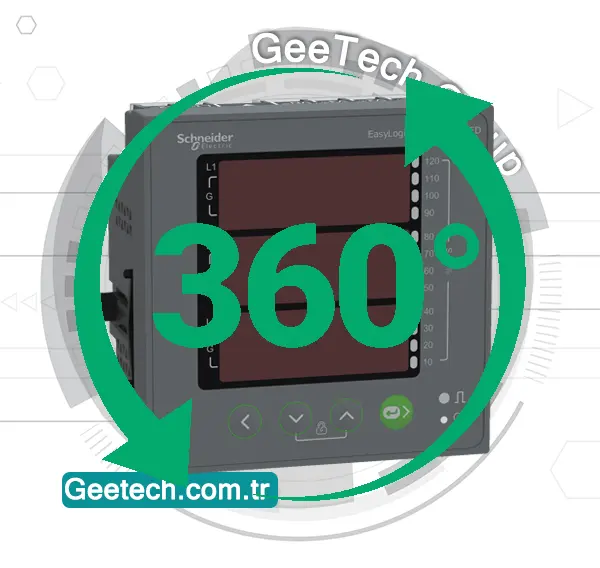
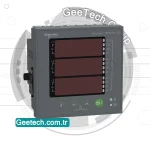
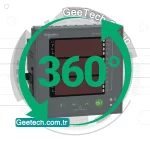
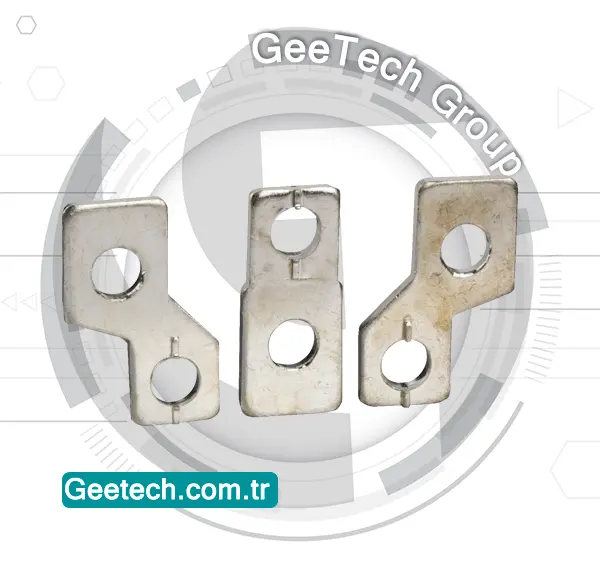
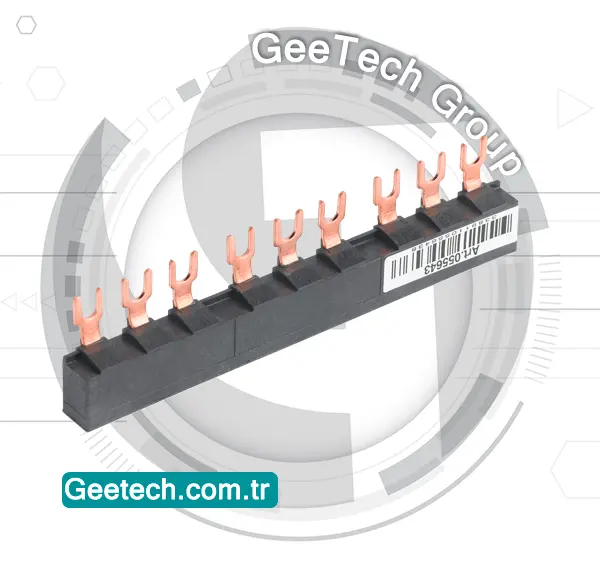
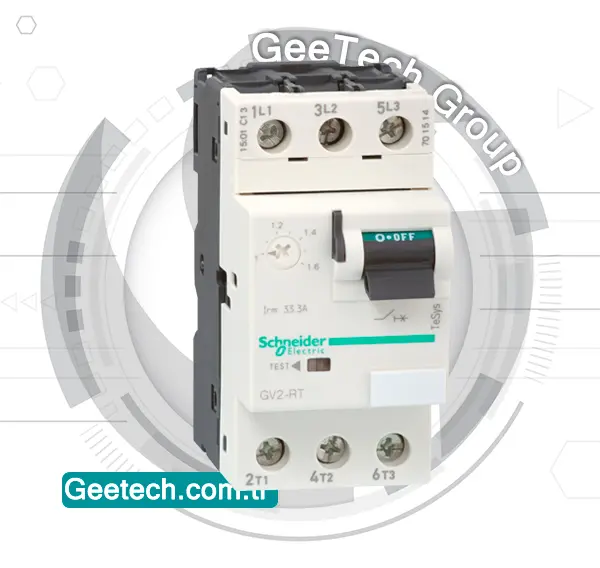
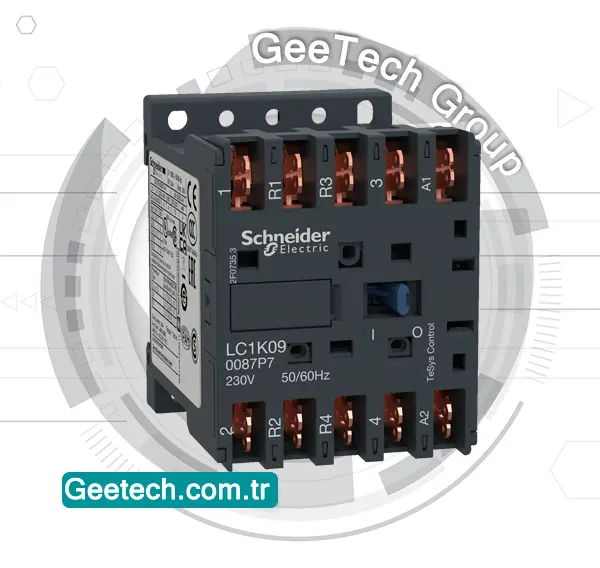

Değerlendirmeler
Henüz değerlendirme yapılmadı.